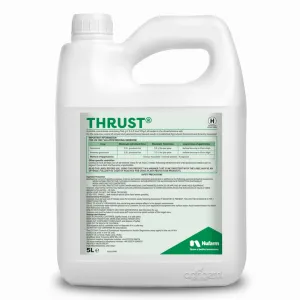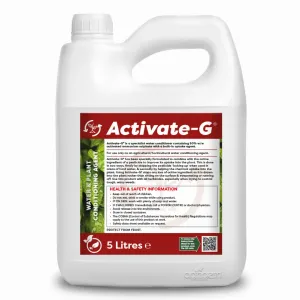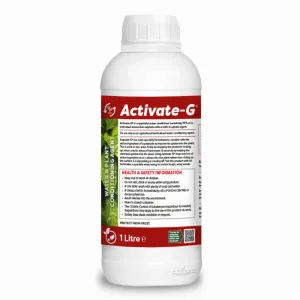Sycamore seedlings (and their ‘helicopter’ seeds) contain a toxin called Hypoglycin A (HGA). When ingested, this toxin disrupts energy production in muscle cells, including the cardiac muscle.
If not treated, the muscles degenerate which can lead to rapid collapse, breathing difficulties and death. Sadly, the survival rate of horses impacted by this disease is low, around 30% at the time of writing.
The risk is great in spring when the seedlings first appear, and then again in autumn and winter when the seeds are dropping.
Managing Sycamore Seedlings
Although you may not have sycamore trees in or around your paddock, sycamore seeds can travel a significant distance on the wind or via rivers and streams.
Remove your horses wherever you suspect seedlings may be present. Check your paddocks carefully in spring for signs of seedlings sprouting and fence off the areas where seeds have fallen or are sprouting.
Check again in autumn and early winter for signs of fallen seeds and clear these before they can sprout in spring.
Since the toxin is present in the dead plant material, just knocking them over is not enough. You will need to remove every seedling and blown-in seeds.
Removing a large quantity of seedlings by hand is likely to be impractical in spring when they are actively growing. The most effective method is via chemical application, as follows:
- Rake and remove any loose or fallen seeds.
- Use a mixture of Thrust and Activate G. Thrust is a selective herbicide so will not impact your grass.
- Recommended application rates for a boom sprayer – 3.5L/ha of Thrust with 1L/ha of Activate G.
- Ensure you have removed any dead or loose seedlings after 14 days.
- Keep horses out of treated areas for at least 14 days. Seedlings must have completely disappeared before allowing horses back into the paddock.
- Chain or spring tine harrowing or topping 10-14 days after treatment effectively breaks the seedlings up and disperses them making them degrade far quicker.
Always ensure you wear the correct PPE when spraying herbicides.
Identification and Other Maple Species
Sycamores are part of the Maple family. They can grow to 35m and live for up to 400 years. They have a dark pink/grey bark that cracks with age. In young trees, the leaf stalks are usually red in colour, and they produce small green/yellow flowers that hang in spikes or racemes.
The female flowers develop into the famous winged ‘helicopter’ fruits known as samaras.
Not all sycamores carry the same risk to horses. It is the most common and widely naturalised species: Acer pseudoplatanus that has the highest toxicity risk. This species self-seeds aggressively in fields and along roadsides, and presents the biggest threat to horse owners.
Other species such as Norway maple (Acer platanoides) and field maple (Acer campestre) carry a negligible risk of toxicity. Field maple is native to the UK and often found as a smaller tree or shrub in hedgerows.
However, the wilted or dried leaves of some other maple species like red maple contain different toxins that can cause other issues. Red maple is usually only found as an ornamental species in the UK and can sometimes be found in parks and large gardens – it does not spread as aggressively as our native sycamore.
Given the challenges with varying species in the maple family however, the general advice is to fence off any large maple tree if it overhangs your paddock – regardless of the species, just to be safe.
See our table below for a quick guide to distinguishing the differences between the main species found in the UK or consult our illustration for help in identification.
| Feature | Sycamore A. pseudoplatanus | Norway Maple A. platanoides | Field Maple A. campestre |
| Leaf size | Very large (up to 20cm) | Large (15-20cm) | Smaller (5-10cm) |
| Leaf edge | Serrated (saw-toothed) | Pointed, but not serrated between points | Rounded lobes |
| Sap from snapped leaf stalk | Clear | Milky white | Milky white |
| Seeds | Hang in long, drooping clusters at a 45-degree angle | Hang in horizontal clusters (almost flat, 180-degree spread) | Seeds are very small and hang in small, few-seeded clusters |


Know your seeds and shoots
Long-term Management
Sycamore seedlings present an on-going risk, so instigating a long-term preventative plan is important.
- If you can identify nearby sycamore trees and tree removal is not an option, fence off the area where the seedlings fall most heavily. This fall is heaviest in autumn.
- Check your paddocks frequently in autumn for seeds and spring for seedlings.
- Ensure your horses have access to plenty of quality hay/haylage when grass is scarce.
If you have any concerns or questions, get in touch with our specialist technical team for advice.






